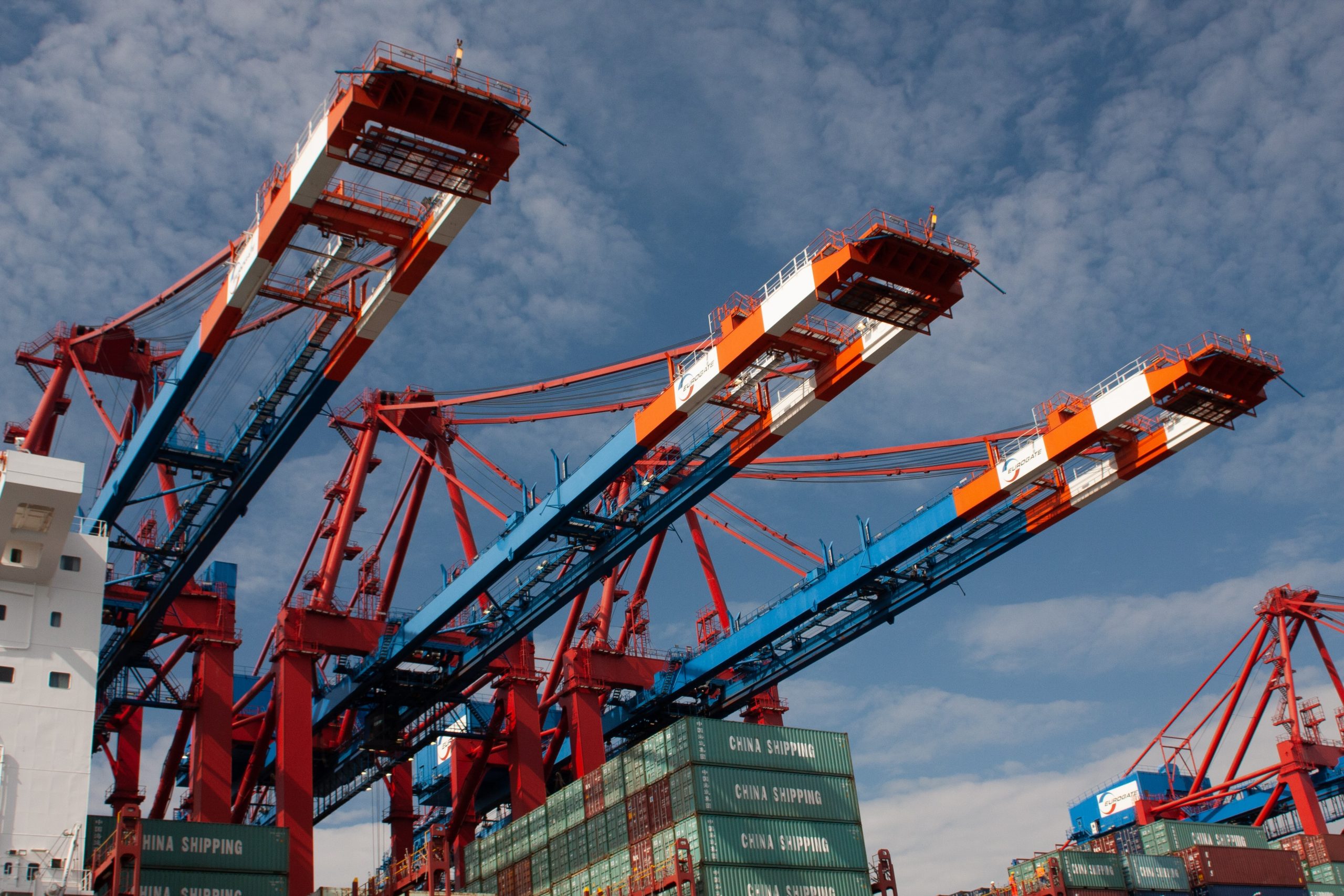21 Mar Nutrient flows and non-CO2 emissions: solving for both in the global food system
Non-CO2 greenhouse gas emissions – methane and nitrous oxide – are important and relevant to global agriculture. A new modelling study published in Nature Food has investigated how emissions of these gases and nutrient gaps could change in five future scenarios with varied combinations of reduced food waste, increased trade, and increased productivity.
The authors modelled the country-level supply of energy, protein, and a selection of micronutrients chosen based on high global deficiency rates. They optimised global production and trade of 156 crop and 40 animal products in 128 countries to bridge nutrient gaps with minimised farm-gate emissions.
Each intervention scenario closed nutrient gaps with reduced emissions. The best scenario required a less than 24% overall food production increase, with 42% lower emissions – exceeding reductions necessary to meet the Paris Agreement.
Vegetables, vitamin A-rich roots and tubers, and eggs saw the greatest production increases in scenarios where trade was not included in the optimisation, whereas it was other vegetables, fruits, and non-ruminant meat that showed the greatest production increases in the trade-optimised scenario. These increases occurred at the expense of cereals.
The authors emphasised the under-utilised potential of trade both to resolve country-level nutrient gaps, and to reduce emissions through sourcing of high-emission foods from countries with the most efficient systems. They were also able to achieve scenarios with improved nutrition and emissions outcomes without wholesale changes to national diets.
They also noted the variation in the extent of food waste for different food items, and the resulting nutrient-level differences in the potential to gaps through cutting waste. This matches with conclusions of the DELTA Model®, which shows that removing food waste is much more effective in increasing energy and protein supply than the supply of critical micronutrients. A difference between the two models was that calcium and vitamin E – identified as global shortfall nutrients by the DELTA Model® – were not included in this analysis. These nutrients have been shown to have comparatively low waste rates, making waste reduction ineffective in resolving these nutrient gaps.
While this study does not include broader environmental or economic data in its optimisation, it offers an interesting counterpoint to assertions on the need for far greater total food production, or radically different patterns of production and consumption.
Photo by Kurt Cotoaga on Unsplash






